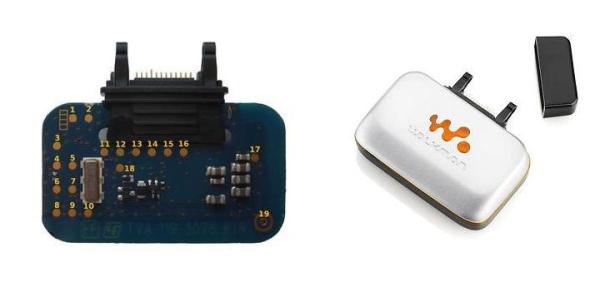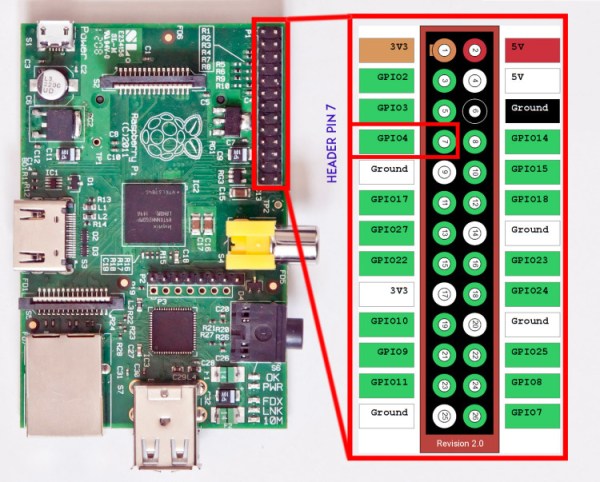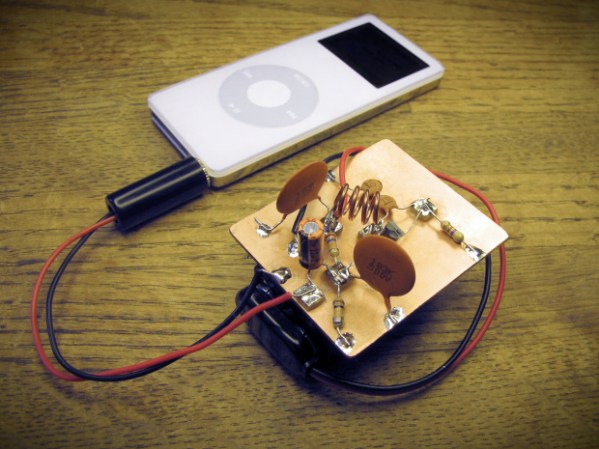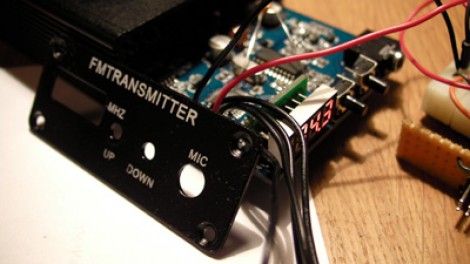Imagine you’ve got an FM transmitter located some place. Wouldn’t it be mighty convenient if you could control that transmitter remotely? That way, you wouldn’t have to physically attend to it every time you had to change some minor parameters! To that end, [Ricardo Lima Caratti] built a rig to do just that.
The build is based around the QN8066—a digital FM transceiver built into a single chip. It’s capable of transmitting and receiving anywhere from 60 MHz to 108 MHz, covering pretty much all global FM stereo radio bands. [Ricardo] paired this chip with an ESP32 for command and control. The ESP32 hosts an HTTP server, allowing the administration of the FM transmitter via a web browser. Parameters like the frequency, audio transmission mode, and Radio Data Service (RDS) information can be controlled in this manner.
It’s a pretty neat little build, and [Ricardo] demonstrates it on video with the radio transmitting some field day content. We’ve seen some other nifty FM transmitters over the years, too. Video after the break.
Continue reading “FM Transmitter Remotely Controlled Via ESP32”


















